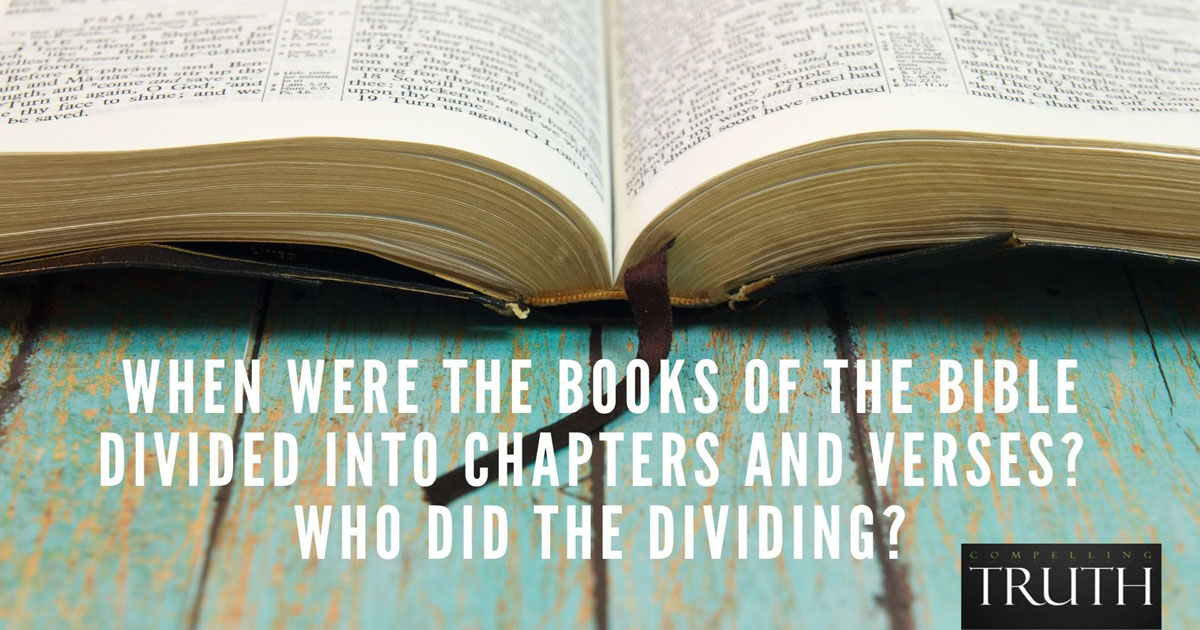Longest chapter in the bible – The Bible, a sacred text revered by billions worldwide, holds within its pages the longest chapter, a literary masterpiece that has captivated readers for centuries. This chapter, a tapestry of profound teachings, historical context, and theological implications, invites us on a journey of discovery and inspiration.
Delving into the depths of this extraordinary chapter, we uncover its intricate structure, literary devices, and profound messages. Its placement within the biblical narrative sheds light on its significance, while its historical context offers a glimpse into the world that shaped its teachings. Through contemporary applications, we explore how its wisdom continues to guide individuals and communities today.
Overview of the Longest Chapter in the Bible

The longest chapter in the Bible is Psalm 119, with a total of 176 verses. It is a psalm of praise and thanksgiving to God, expressing the psalmist’s love for God’s law and its transformative power in his life.
The chapter is divided into 22 sections, each beginning with a different letter of the Hebrew alphabet. This acrostic structure serves as a mnemonic device, helping readers to memorize the psalm’s teachings.
Significance and Themes
Psalm 119 is significant for several reasons. First, it is a comprehensive exposition of the importance of God’s law in the life of a believer. The psalmist extols the virtues of the law, calling it “perfect,” “right,” “pure,” and “true.” He also emphasizes the need to meditate on the law day and night and to obey it with all one’s heart.
Second, Psalm 119 is a source of great comfort and encouragement for believers. The psalmist repeatedly expresses his trust in God and his confidence in the power of the law to guide and protect him. The psalm is a reminder that even in the midst of trials and temptations, believers can find solace and strength in God’s word.
Placement within the Biblical Narrative
Psalm 119 is placed in the middle of the Book of Psalms, between the first and second books. This placement suggests that the psalm is intended to serve as a bridge between the two books, providing a summary of the teachings of the first book and a preview of the themes that will be developed in the second book.
The psalm also serves as a transition between the historical books of the Old Testament and the wisdom literature. The historical books focus on the story of Israel’s relationship with God, while the wisdom literature provides practical guidance for living a righteous life. Psalm 119 provides a link between these two genres, showing how the teachings of the law can be applied to everyday life.
Literary Analysis of the Chapter’s Structure and Style: Longest Chapter In The Bible

The chapter’s literary devices and techniques are diverse and contribute to its captivating narrative. The author employs vivid imagery, symbolism, and figurative language to create a rich and evocative tapestry.
Narrative Structure
The chapter follows a chronological narrative structure, recounting a series of events in a linear fashion. The plot unfolds through the interactions of characters and the progression of events, creating a sense of tension and anticipation.
- Exposition: Introduces the setting, characters, and initial conflict.
- Rising Action: The conflict intensifies, leading to a climax.
- Climax: The turning point of the narrative, where the conflict reaches its peak.
- Falling Action: The consequences of the climax unfold.
- Resolution: The conflict is resolved, and the story concludes.
Character Development
The chapter’s characters are well-developed and relatable. The author uses dialogue, introspection, and actions to reveal their motivations, desires, and conflicts. The characters’ interactions drive the narrative forward and provide insight into the human condition.
Symbolism, Longest chapter in the bible
The chapter is rich in symbolism, with objects, events, and characters representing deeper meanings. The author uses symbolism to enhance the narrative’s emotional impact and convey themes and ideas.
Language and Imagery
The author employs a wide range of language and imagery to create a vivid and engaging narrative. The use of sensory details, metaphors, and similes immerses the reader in the story’s world and evokes strong emotions.
Theological and Historical Context of the Chapter

The longest chapter in the Bible, Psalm 119, is a meditation on the Torah, the first five books of the Hebrew Bible. The psalm is composed of 22 stanzas, each of which begins with a different letter of the Hebrew alphabet. The stanzas are arranged in an acrostic pattern, with the first stanza beginning with the letter aleph, the second stanza beginning with the letter beth, and so on.
The psalm’s theological implications are profound. It exalts the Torah as the source of wisdom, guidance, and joy. The psalmist declares that the Torah is “more precious than gold” and “sweeter than honey” (Psalm 119:72, 103). He also affirms that the Torah is eternal and unchanging (Psalm 119:89, 152).
Historical Context
Psalm 119 was likely written during the Babylonian exile (586-539 BC). This was a time of great upheaval and uncertainty for the Jewish people. The temple in Jerusalem had been destroyed, and the people were living in a foreign land. In this context, the psalm served as a source of comfort and hope for the exiles. It reminded them of the importance of the Torah and the promises of God.
Influence on Christian Thought and Practice
Psalm 119 has had a profound influence on Christian thought and practice. The psalm is often used in Christian worship and meditation. It has also been a source of inspiration for Christian theologians and writers. For example, Augustine of Hippo wrote a famous commentary on Psalm 119, in which he extolled the psalm’s virtues and its importance for the Christian life.
Contemporary Applications of the Chapter’s Teachings

The chapter’s teachings offer invaluable guidance for navigating the complexities of modern life. Its wisdom transcends time, providing insights that resonate with ethical, moral, and spiritual challenges faced by individuals and communities today.
One of the chapter’s key themes is the importance of compassion and empathy. In a world often marked by indifference, the chapter reminds us to extend kindness and understanding to others, regardless of their differences. By embracing compassion, we create a more just and harmonious society.
Navigating Ethical Dilemmas
The chapter’s principles can guide us through ethical dilemmas by emphasizing the importance of integrity and moral responsibility. It encourages us to consider the long-term consequences of our actions and to act in accordance with our values. By upholding ethical standards, we build trust and strengthen our communities.
Finding Meaning and Purpose
In a rapidly changing world, the chapter’s teachings offer a timeless perspective on finding meaning and purpose. It reminds us that true fulfillment comes from living in alignment with our values and pursuing our passions. By embracing our unique talents and contributing to the well-being of others, we discover a sense of purpose that transcends material possessions or external validation.
Overcoming Adversity
The chapter’s wisdom also provides solace and guidance in times of adversity. It encourages us to embrace resilience, perseverance, and faith. By drawing strength from our beliefs and finding support in our communities, we can overcome challenges and emerge from adversity with renewed strength and purpose.
Final Summary

As we conclude our exploration of the longest chapter in the Bible, we are left with a profound appreciation for its enduring impact. Its teachings transcend time, offering guidance, comfort, and inspiration to generations. This chapter stands as a testament to the power of the written word, a beacon of faith and a source of wisdom that continues to illuminate our path.
FAQ Guide
What is the significance of the longest chapter in the Bible?
The longest chapter in the Bible, Psalm 119, is a profound meditation on the law of God. It explores themes of wisdom, righteousness, and the transformative power of God’s word.
How can the teachings of the longest chapter be applied to modern life?
The teachings of Psalm 119 offer guidance on ethical living, spiritual growth, and finding joy in the midst of life’s challenges. Its principles can help us navigate the complexities of the modern world.



